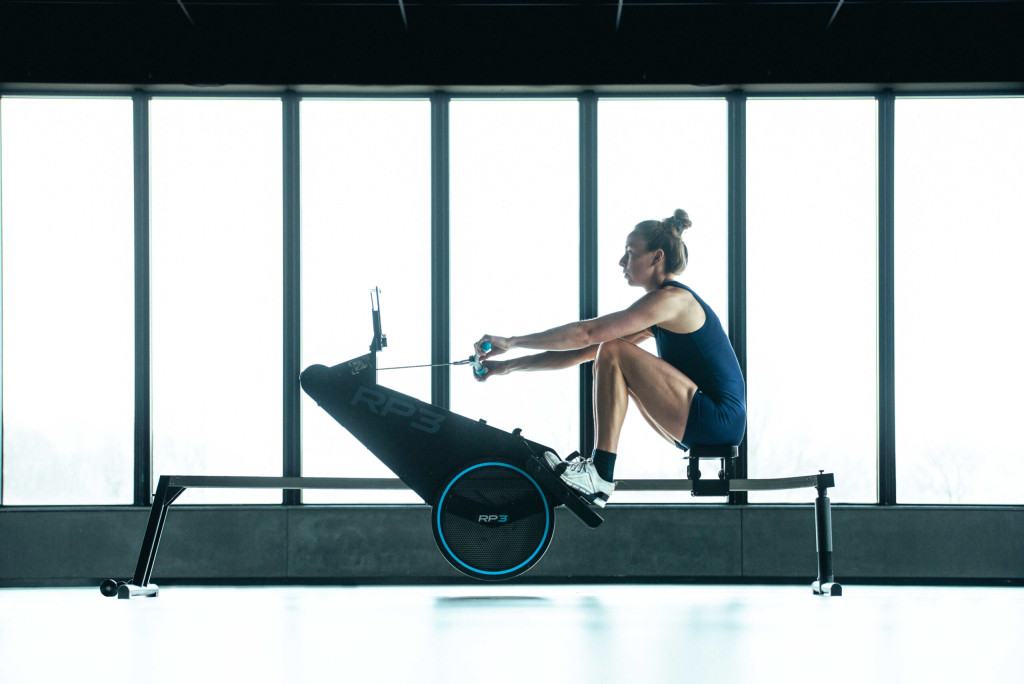Best low-impact cardio options for home
Discover 5 effective low-impact cardio options for home workouts that protect your joints while boosting fitness. Transform your health journey with these sustainable exercises for
The optimal length for a home rowing workout depends on your fitness goals, experience level, and available time. For general fitness, aim for 20-30 minutes of steady-state rowing at least 3-4 times per week. Beginners should start with 10-15 minute sessions, focusing on proper technique before gradually increasing duration. More experienced rowers can benefit from sessions ranging from 30-60 minutes, incorporating both steady-state and interval training to improve cardiovascular health and muscular endurance. The quality of your rowing technique and the consistency of your training schedule ultimately matter more than the exact duration of each session.
Home rowing workouts provide an exceptional full-body exercise option that combines cardiovascular benefits with strength training. When determining how long to row, it’s important to consider your personal fitness objectives alongside your current conditioning level.
Rowing is uniquely efficient because it engages approximately 86% of your muscles in a single, low-impact movement pattern. This makes it an ideal exercise for those seeking balanced fitness improvements without excessive joint stress. A proper rowing workout creates meaningful cardiovascular challenge while simultaneously building muscular endurance throughout the body.
Rather than fixating on a single “perfect” workout duration, consider your rowing practice as a flexible component of your overall fitness regimen. The time you spend on a dynamic rowing machine should align with your specific goals—whether you’re focused on weight management, endurance building, or simply maintaining general fitness.
For beginners, the ideal rowing workout should last between 10-15 minutes per session. This shorter duration allows new rowers to focus primarily on developing proper technique while gradually building basic conditioning without becoming overwhelmed or risking injury.
Start with a 2-3 minute warm-up at a relaxed pace, followed by several 1-2 minute intervals at a moderate intensity with brief rest periods between. This approach helps maintain good form while progressively building stamina. During these initial sessions, prioritize learning the correct stroke sequence—legs, back, arms during the drive phase, then arms, back, legs during the recovery.
As a beginner, it’s wise to schedule 2-3 rowing sessions per week, gradually increasing duration by 2-5 minutes every week as your technique stabilizes and fitness improves. Within 4-6 weeks, most beginners can comfortably progress to 20-30 minute sessions while maintaining proper form throughout.
Remember that consistency trumps intensity during the learning phase. Short, technique-focused sessions performed regularly will yield better long-term results than occasional longer workouts with compromised form.
Your current fitness level significantly influences the optimal duration of your rowing workouts. As your cardiovascular capacity and muscular endurance develop, you’ll naturally be able to sustain longer sessions while maintaining proper technique.
For beginners (0-3 months of consistent rowing):
For intermediate rowers (3-12 months of regular practice):
For advanced rowers (1+ years of consistent training):
As your rowing efficiency improves, you’ll find that workout quality becomes increasingly important. An efficient 30-minute session with proper technique and appropriate intensity can deliver greater fitness benefits than a longer workout with poor form or inconsistent effort.
For general fitness purposes, rowing every day is typically unnecessary and may potentially lead to overtraining or repetitive strain issues. A more balanced approach of 3-5 rowing sessions per week usually provides optimal results while allowing proper recovery between workouts.
Rowing engages multiple muscle groups simultaneously, creating significant systemic fatigue that requires adequate recovery time. Most fitness enthusiasts will benefit from alternating rowing days with rest days or different activities that complement rowing’s benefits while engaging muscles in different movement patterns.
If you particularly enjoy daily exercise, consider structuring your rowing schedule with intentional variety:
This approach provides sufficient training stimulus while minimizing overuse injury risk. Listen to your body—persistent fatigue, declining performance, or emerging discomfort are signals that you need more recovery between rowing sessions.
Both short, intense rowing sessions and longer, steady-state workouts offer distinct benefits—neither is universally “better” than the other. The optimal approach depends on your specific fitness goals, time constraints, and personal preferences.
High-intensity interval training (HIIT) on a rowing machine typically involves brief, maximum-effort intervals (20-60 seconds) alternated with short recovery periods. These workouts:
Steady-state rowing involves sustained effort at a moderate intensity for longer durations. These sessions:
The most effective approach for general fitness is incorporating both training styles into your weekly routine. For example, you might perform two 20-minute HIIT sessions and two 40-minute steady-state workouts each week, creating a balanced training stimulus that develops multiple energy systems.
To maximise the effectiveness of your rowing workouts regardless of duration, focus on quality over quantity and implement structured training approaches that align with your fitness goals.
Begin every session with a proper warm-up of 3-5 minutes at a relaxed pace to prepare your cardiovascular system and muscles for more challenging work. This reduces injury risk and improves performance during the main workout segment.
Incorporate these elements to optimize your rowing efficiency:
Consider following established workout formats such as pyramid intervals (gradually increasing then decreasing intensity) or “tabata” style training (20 seconds maximum effort, 10 seconds rest, repeated 8 times). These structured approaches create focused challenges that maximize physiological adaptation even during shorter sessions.
The optimal duration for home rowing workouts varies by individual, but following these core principles will help you develop an effective routine regardless of your experience level or time constraints.
Consistency ultimately trumps duration—regular shorter sessions yield better results than occasional marathon workouts. Find a sustainable frequency that fits your lifestyle, aiming for at least 3-4 sessions weekly.
Focus on technique first, especially as a beginner. Proper form enhances efficiency, reduces injury risk, and maximizes the effectiveness of every minute spent on the rowing machine. Record your technique occasionally to identify improvement opportunities.
Progressive overload remains essential for continued improvement. Gradually increase duration, intensity, or both as your fitness develops. Log your workouts to track progress and ensure you’re consistently challenging yourself appropriately.
Understanding the science of rowing can help you make informed decisions about your training approach. We at RP3 Rowing understand that finding the right workout duration is a personal journey. Our dynamic rowing machines are designed to provide the most realistic rowing experience possible, helping you maximize the efficiency of every workout whether it’s a quick 15-minute interval session or a longer endurance piece. The right indoor rowing machine for your home gym should support your technique development while delivering consistent performance feedback to guide your training journey.
If you’re interested in learning more about the benefits of rowing, reach out to our team of experts today.
Discover 5 effective low-impact cardio options for home workouts that protect your joints while boosting fitness. Transform your health journey with these sustainable exercises for
Discover 5 effective low-impact exercises that protect your back while maintaining fitness intensity. Learn proper form techniques to strengthen your spine without risking injury.
Discover 5 effective home workouts that build strength without stressing your joints. Learn fluid movement techniques for pain-free exercise that delivers results while protecting your
Discover effective low-impact fitness strategies that build strength and cardio health without damaging your joints. Learn sustainable workout techniques for long-term health and injury prevention.
Discover 5 effective full-body low-impact workouts perfect for beginners that protect your joints while building strength and fitness. Start your sustainable exercise journey today!
Discover how low-impact fitness creates sustainable health benefits without joint pain. Learn 5 full-body workouts that deliver results while preserving your body for decades of
Discover why low-impact workouts deliver powerful fitness results without joint damage. Learn 6 key benefits and find the perfect exercise for sustainable daily fitness that
Discover why low-impact training on recovery days accelerates muscle repair, prevents injuries, and boosts long-term fitness gains. Learn optimal activities and avoid common recovery mistakes.
Discover why rowing machines deliver a complete workout while protecting your joints. Engage 85% of your muscles with zero impact stress—perfect for fitness enthusiasts of
Discover effective low-impact exercises perfect for returning to fitness after breaks or injuries. Learn 5 joint-friendly workouts that rebuild strength while preventing setbacks on your
Discover 5 low-impact routines that challenge your entire body without stressing your joints. Build strength and burn calories while protecting your knees, hips, and spine.
Discover how rowing uniquely engages 85% of your muscles while enhancing flexibility in one efficient workout. Build strength and mobility simultaneously without stressing your joints.
Discover how consistent low-impact activity delivers powerful physical and mental benefits without joint stress. Build fitness, reduce stress, and improve mobility through sustainable daily movement
Discover why rowing machines offer the ultimate low-impact, full-body workout for home fitness. Get 85% muscle engagement with minimal joint stress—perfect for all ages and
Discover how low-impact exercise protects your joints while delivering powerful fitness results. Learn 5 joint-friendly workouts that maintain mobility and prevent pain as you age.
Discover how to build sustainable low-impact fitness habits that protect your joints while delivering exceptional results. Learn proven strategies for lifelong exercise consistency without pain.

We will send you a personal quote as soon as possible.
As soon as the quote is ready, you will receive a link by email to order directly.
